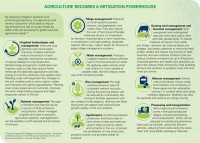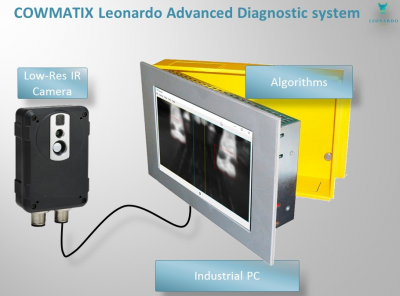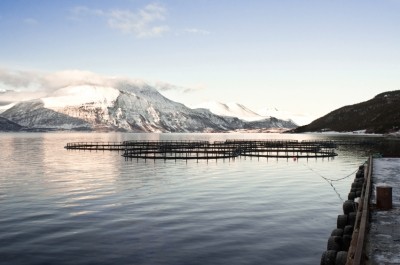Call for more agricultural, feed research with a productivity focus

The Global Agricultural Productivity Report: Sustainability in an Uncertain Season, by the Global Harvest Initiative, focused on several aspects of agricultural and changes needed to address the growth in global population. The organization seeks to support increased productivity and sustainability for food, feed, fiber and fuel.
The group tracks efforts including agricultural research and improvements in productivity as ways to support sustainable development, said Margaret Zeigler, executive director.
“It’s not about producing more – total factor productivity is the factor that we use,” she told us. “We’re using productivity as part of the solution to meet the needs of our growing population by 2050.”
The group highlighted areas where research into feed and agriculture has improved productivity both in the US and on a global scale.
The report outlines five policy areas for progress including investing in public agricultural research, encouraging the use of science-based technologies; enhancing price sector interaction in agriculture and infrastructure; developing partnerships for sustainable growth; and expanding trade and harmonizing standards.
“Between 2010 and 2050, we will have to nearly double all agricultural output to meet this growing demand,” the group said in the report. “Yet volatility in economic markets, environmental pressure and climate change, and the rise of conflicts in fragile regions pose threats.”
Total factor productivity
As efforts are made to increase agricultural production to meet rising global populations, additional emphasis is being put on productivity, said report authors. But that means more tracking how much input is used, not just working for higher yields and production of more food.
Instead, the organization focuses on the idea of improving the total factor productivity, said Zeigler. The idea focuses on producing more with less effect on the environment.
“Sustainability in agriculture, that’s what we’re seeking – less land, less feed, less machinery and less livestock,” she said. “It’s not just output focus, [it’s] input focus to help farmers and producers control their costs and remain competitive.”
These efforts also include a focus on how to have feed and agricultural production be more environmental and climate friendly, she said.
Efforts to improve productivity include improving feed, said the report authors. “In livestock production, TFP [total factor productivity] increases when favorable genetic qualities in animals are selected and bred, and when animals receive better overall husbandry, vaccinations and high quality feeds that deliver more nutrition per volume,” they added.
However, there remains a gap in the total productivity improvements that countries are seeing, the authors said. In developing countries, improvement in agricultural output tend to come from increased input.
But, in developed countries, improved technology and practices like precision agricultural and data tracking are reducing the amount of land needed, they said.
Additionally, private sector work on feed additives is finding solutions to addressing aspects of production like reducing greenhouse gas emissions, by limiting the methane generated by dairy cattle or the ammonia nitrate excreted by poultry, they said.
“With the ability of the private sector to bring improved feed products more widely to scale, livestock production should see a substantial reduction in greenhouse gas emissions, with the added benefit of making feed more effective for livestock consumption, along with improved operational profitability,” they added.
“Global demand for poultry is also rising rapidly, along with a growth in demand for feed and nitrogen fertilizers to produce the feed,” they said.
The authors continued: “In the poultry industry, producers are seeking to improve feed so that protein (amino acid) content and uptake is optimized rather than wasted in manure, where it is converted to ammonia nitrate and nitrous oxide, which are potent greenhouse gases. The inefficiency of feeds also costs producers money, as more feed is required per bird.”
The role of research
One way to address the need for improved feed, or feed and animal production is to focus on research, said Zeigler.
“Number one is always invest in research – it’s not something that’s really sexy and dynamic [and] it’s not the first thing that people think of to help feed the world,” she said. “But we do know that investing in public research and extension gives us the biggest returns like productively and conservation practices and suitability practices.”
Public sector research in the US can be shared globally like programs done through USAID, she said.
The group points to efforts like the work done to develop canola into a feed and food generating crop, and efforts in India to improve the quality of sorghum and millet varieties in the report as examples of and the changes that can be made.
“[These are] all examples of what can be done, but that need to be scaled-up exponentially,” said Zeigler. “That’s why we included the focus on Latin America; that’s a good case where a number of countries are focusing on agricultural R&D, and when they do it really helps them.”















